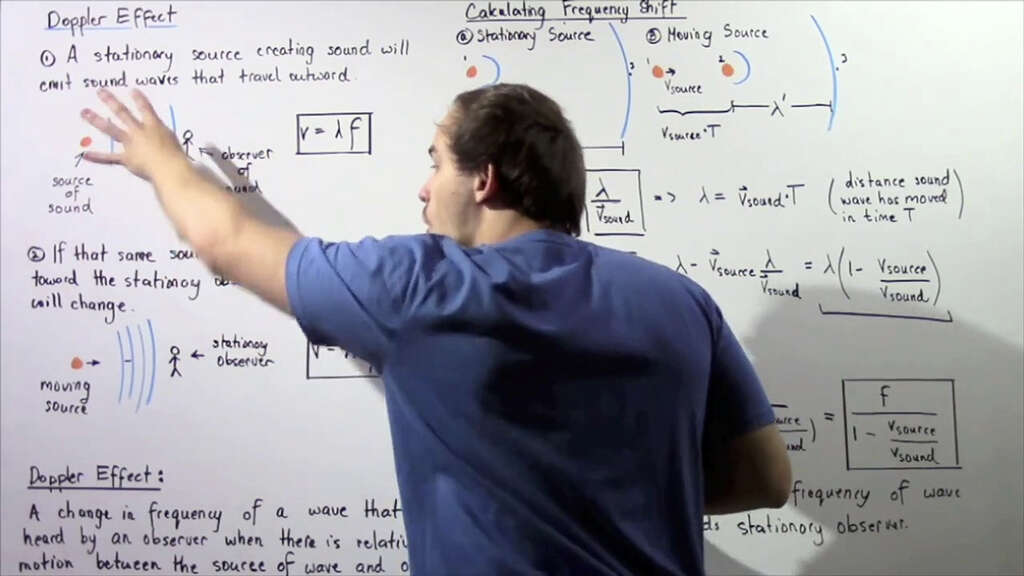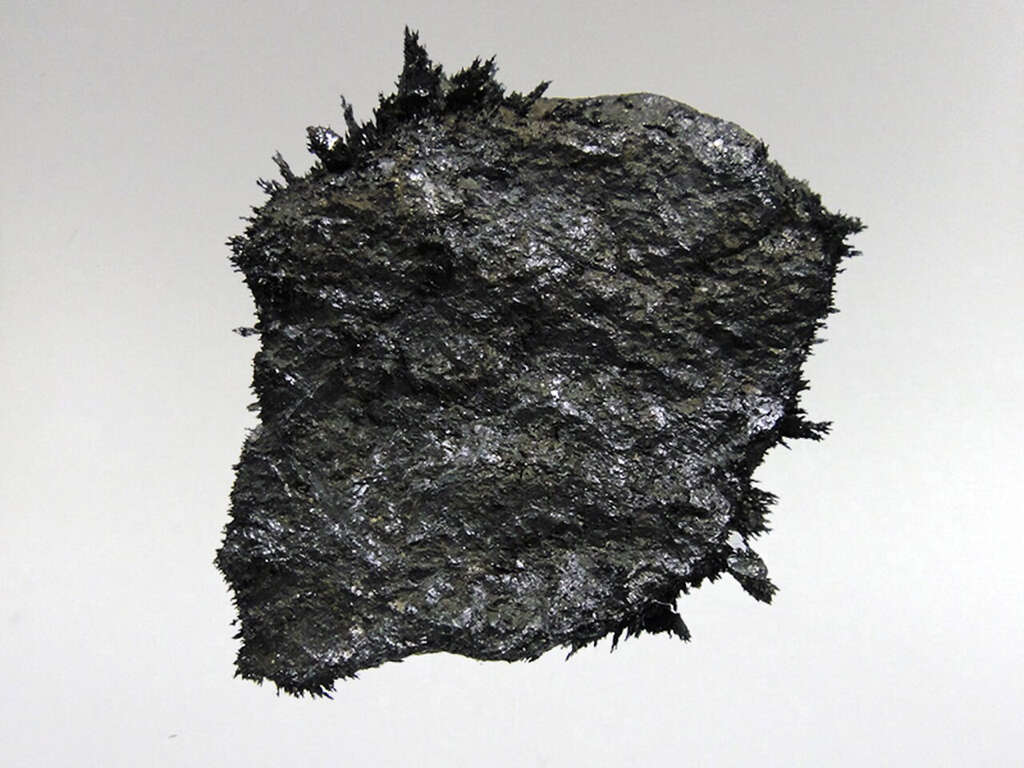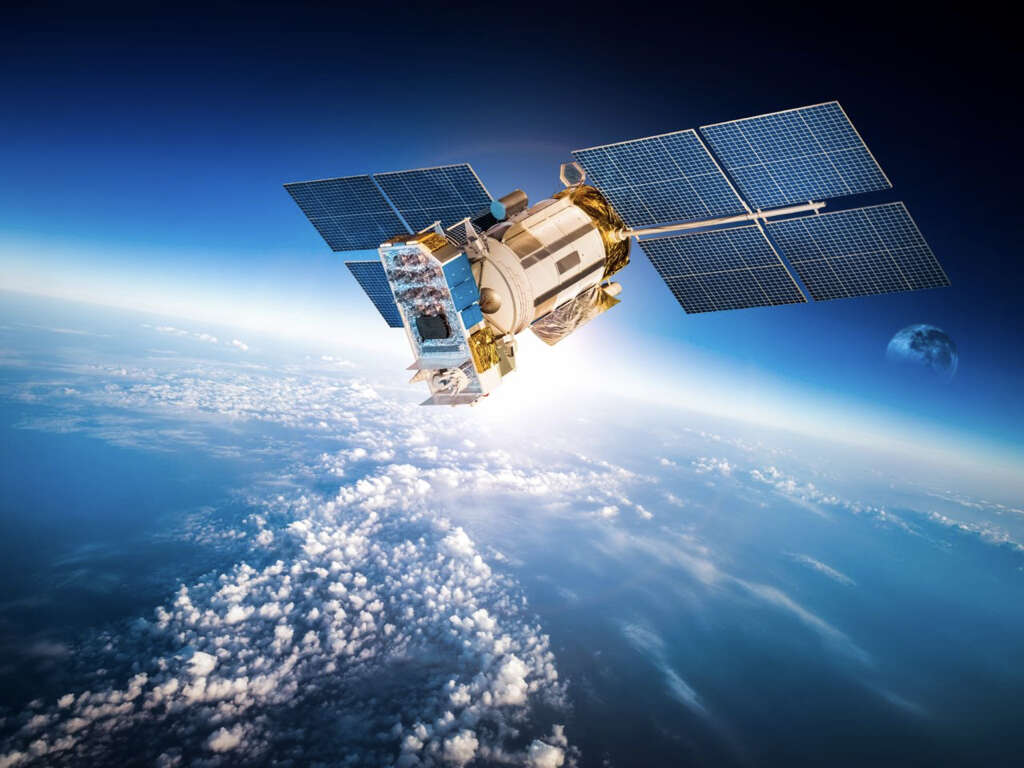What Is the Doppler Effect?
Mankind’s hunger for knowledge is never likely to be satiated. No matter how much we learn, the more we want to find out, and our drive to learn more, has helped us to unlock many of the universes secrets. This includes things such as how light and sound work and some of the answers have led to some quite astonishing revelations.
One such revelation is the Doppler effect, a phenomenon that has helped us to learn a great deal about our universe. It is used to help measure things on a universal scale and also helps to measure things on the cellular scale. Here’s a look at what it is and how we have been able to use it to our advantage.
1. Christian Doppler
The Doppler effect is named after Christian Andrea Doppler, the physicist who first described the phenomenon. Doppler was born in Salzburg, Austria, in 1803, and died in 1853. It was in 1842 that he presented his groundbreaking work when he was aged 38 years old. At the same time, a French physicist by the name of Armand Hippolyte Louis Fizeau was also making discoveries on the phenomenon. Fizeaus work was able to help Doppler make his own work more accurate. In France, the phenomenon is known as the Doppler-Fizeau effect. Their discoveries are now a key component of many scientific branches and, in 2017, a Google Doodle celebrated Dopplers 214th birthday.

2. Waves
The Doppler effect is a result of how light and sound work. Rather than travelling in a straight line as you might expect, they instead travel in waves. This results in a number of interesting phenomena, including the Doppler effect. That light and sound travel in waves is what helps us to see different colors and hear different sounds.
When light waves are of a high-frequency (or, in layman terms, closer to each other), we see them as being on the violet end of the spectrum. Light waves that travel at a lower frequency appear to us as being on the red end of the spectrum.
3. Waves on a Pond
As mentioned, the Doppler effect is caused because light and sound move in waves in just the same way that the waves of a pond move. Look at a duck on a pond and you will see small waves radiating out from the duck as its movement causes ripples on the surface. If you were able to film the waves that a duck causes as it swims forward, you will be able to see how the Doppler effect works.
As the duck moves forward, it pushes the waves in front of it forward also, causing the waves in the front to get closer to each other. You will also see that the waves behind the duck will be stretching out away from each other.

4. Passing Traffic
You likely experience the Doppler effect in action quite regularly without even realizing it. For example, you will likely have noticed how, when stood by a roadside, the sound of speeding vehicles and/or sirens changes as they go past. As they approach, they will have a higher pitched sound and the pitch will drop once the car has passed. Nothing is changing about the sound being emitted from the car; if you were in the car yourself then you would notice no difference because there is no difference.
For the person standing on the side of the road, the difference in tone as the car passes is down to the way that soundwaves are pushed closer together as the car approaches, and then stretch out once the car has passed.
5. Expanding Universe
It used to be thought that the universe was static. Even the late, great, Alfred Einstein thought that this was true. It was thanks to the doppler effect, however, that famous Scientist Edwin Hubble was able to tell us in 1929 that the universe is indeed expanding. Hubble was able to achieve this by examining the light waves coming from distant objects in the universe.
In doing so, he discovered that the light was red-shifted, meaning that the wavelength of light was being stretched out. This could only mean one thing that these objects are actually moving away from us and that the entire universe is expanding.

6. Doppler Radar
Radar was an innovative invention that helped the British Royal Air Force to hold back the Luftwaffe in WWII. It was pivotal in helping the allies to win the war overall. The invention worked by sending out radio waves and listening for any that bounced back off distant objects, thus revealing the presence of oncoming German aircraft.
Early radar, while still very useful, was very crude in comparison to what we have today. In its first stages, it would tell us the location of an object but nothing more. Nowadays, we are able to tell what that object is and, thanks to Doppler radar, how quickly that object is travelling.
7. Medical Imaging
Having a healthy blood flow traveling around the body is very important for our well-being. Indeed, if something goes wrong then it can be a real risk to our health overall and it can even present a threat to our very lives. As such, it is very beneficial for us if we can identify problems as early as possible.
Some sensitive medical equipment uses the Doppler effect to accurately measure the flow of blood through the body. This allows us to get a lot of important information on the health of a patients cardiovascular system, including information such as how well the heart is functioning and if there are any blocks present.

8. Meteorological Forecasts
Knowing what the weather will be like on any given day in the future can be very useful to us, particularly when it comes to making plans that involve being outside. Our methods of predicting future weather continue to improve, and we are now able to make forecasts several days ahead with improving accuracy.
We are now able to use the Doppler effect to help us take measurements of wind speed and other variables that will have an effect on future weather. The technology has helped meteorologists to make predictions more accurately than they have ever been able to before.
9. Satellite Communication
There are many manmade satellites currently orbiting our planet. They are mostly used for communication and they are very effective because signals can be sent to satellites from the ground, from which they can bounce off to reach a receiver elsewhere in the world.
This allows us to overcome the problem of the curvature of Earth when sending messages over long distances. Satellites are not static; constantly moving in relation to ground relays and to other satellites. The Doppler effect will have an impact on the frequency of radio waves being transmitted, potentially causing signals to become unusable. Thus, frequencies are adjusted to help satellites overcome this problem.
10. Future Tech
So far, we have some quite impressive technology that had been massively helpful to mankind, thanks largely to an understanding of the Doppler effect. As is quite standard with other technology, the technology that takes advantage of the doppler shift is also likely to become increasingly advanced.
It might be possible that we can one day use the Doppler effect to manipulate light waves in a way that helps make objects appear invisible. Or maybe it can be used to help make even the loudest of noises inaudible. Either way, there is the potential for a lot of excitement in terms of what future Doppler shift technology might be able to do.












